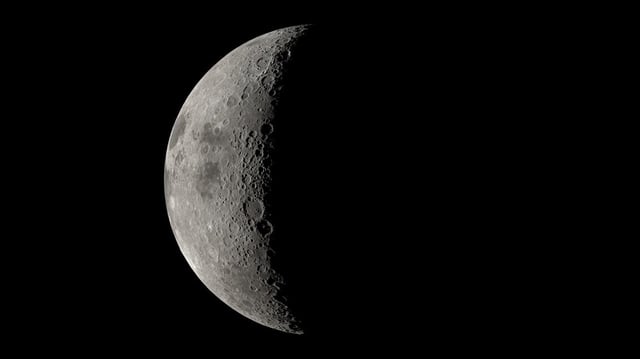Overview
- The nearly 10‑day mission will send four astronauts around the Moon to validate Orion in crewed flight and execute defined science tasks.
- From roughly 4,000 to 6,000 miles above the surface, the crew will photograph and describe lunar geologic features to practice procedures for future surface science.
- Depending on the final trajectory, astronauts could view previously unseen portions of the far side with the naked eye, potentially including the Orientale Basin.
- Teams will watch for brief flashes from meteoroid impacts and search for dust above the lunar limb to probe little‑understood lunar phenomena.
- Biomedical and performance experiments managed by Marshall’s Payload Mission Operations Directorate will collect data to inform Artemis III planning and longer‑duration exploration, with launch scheduled no later than April 2026.
